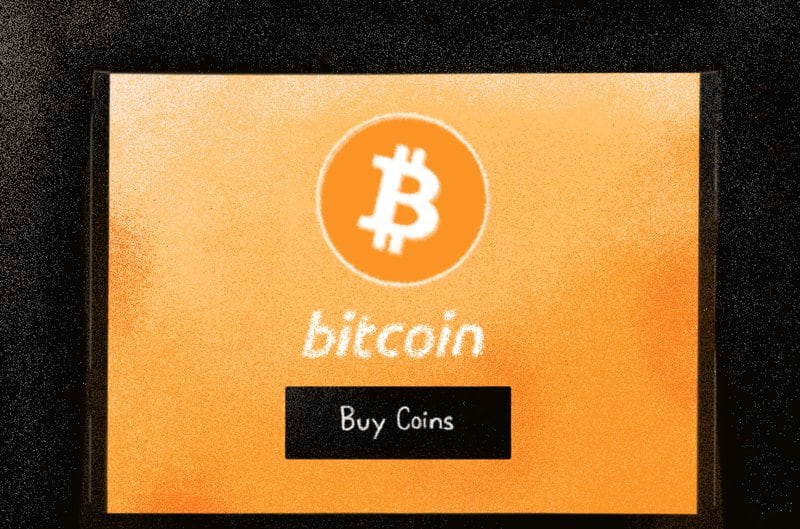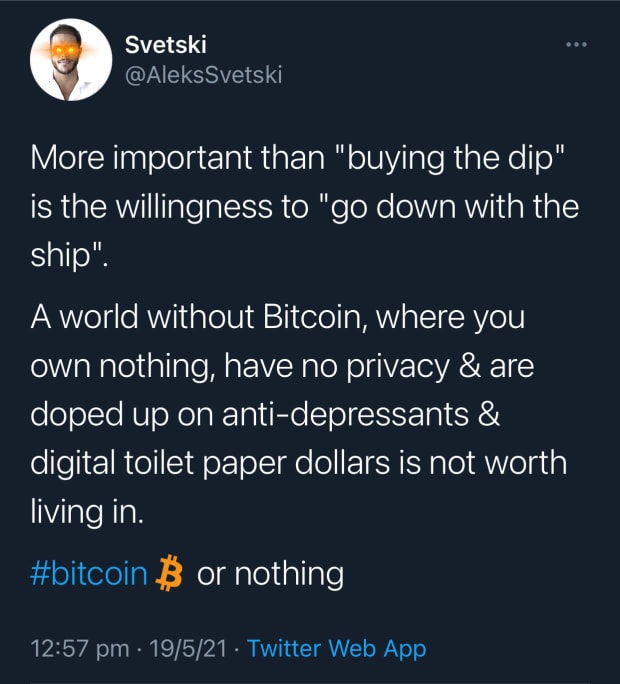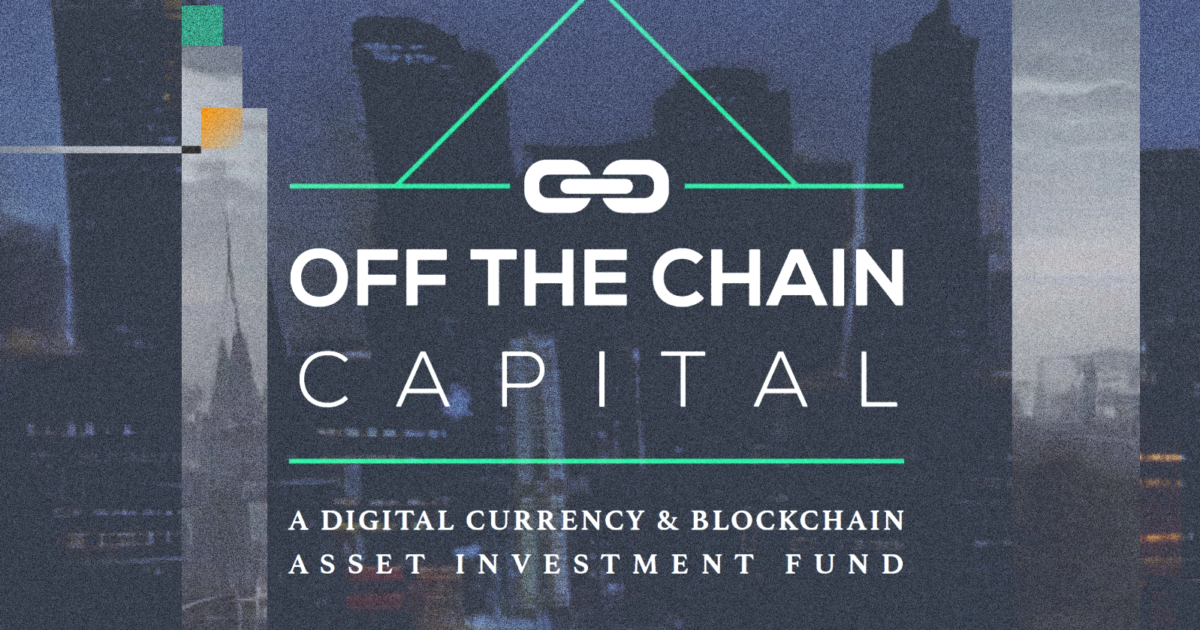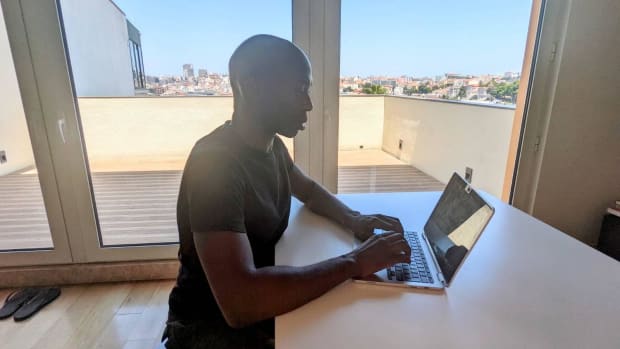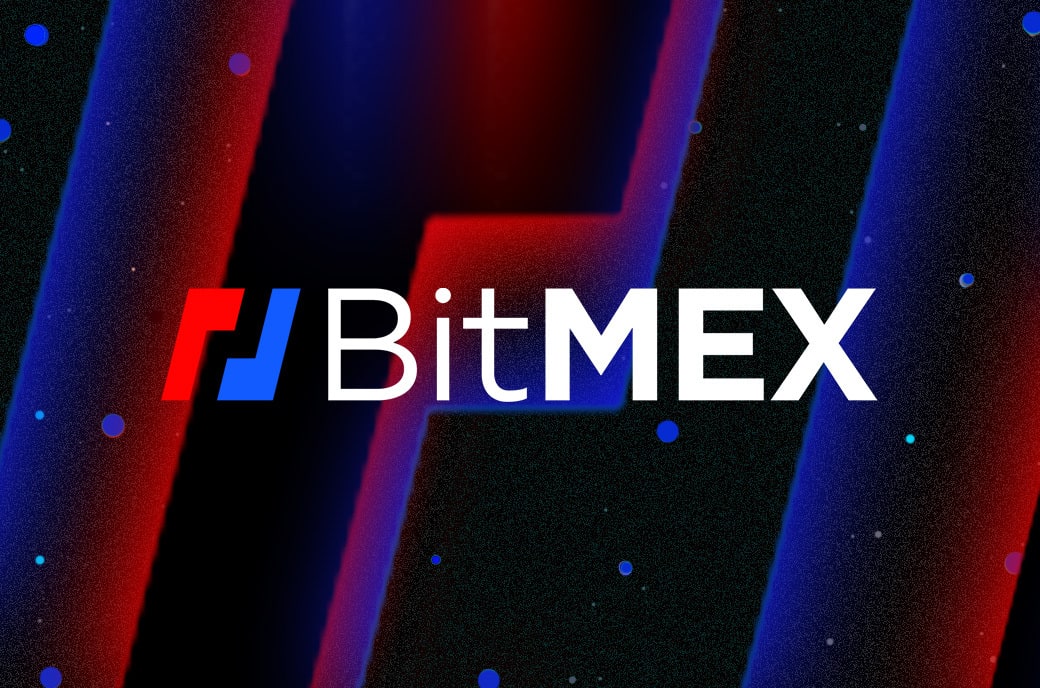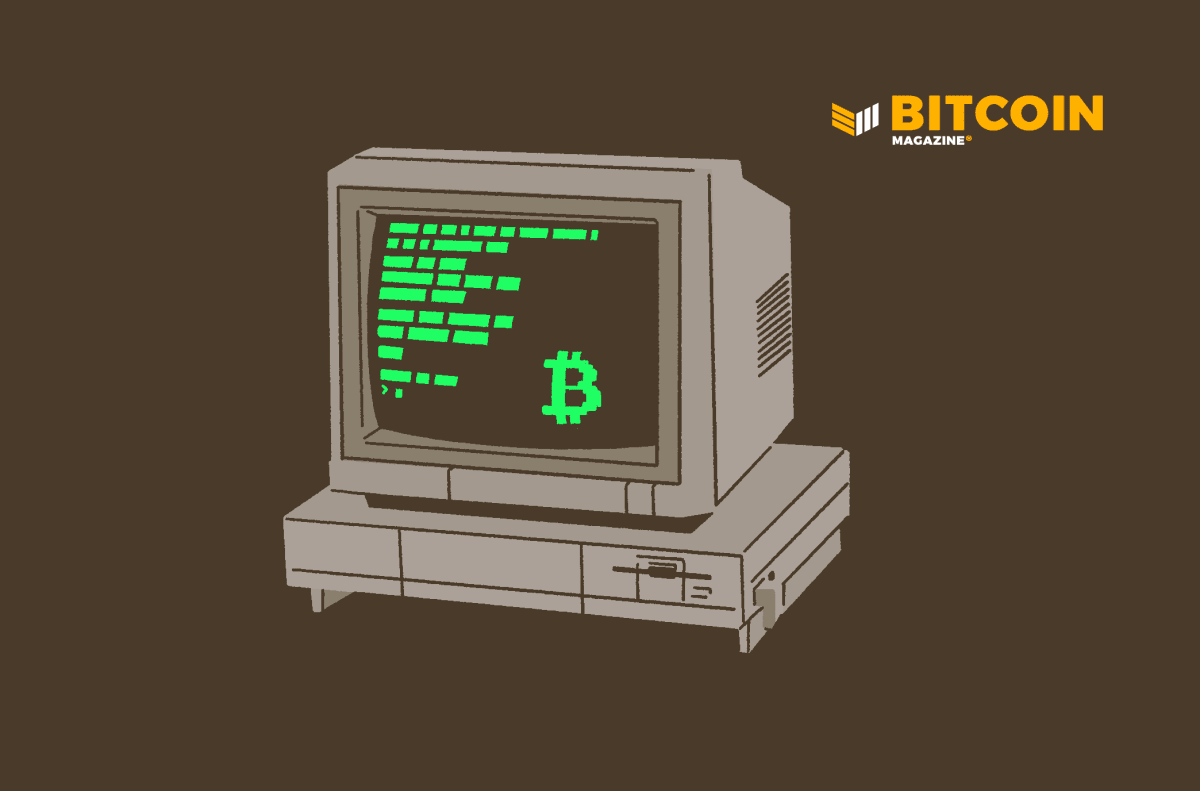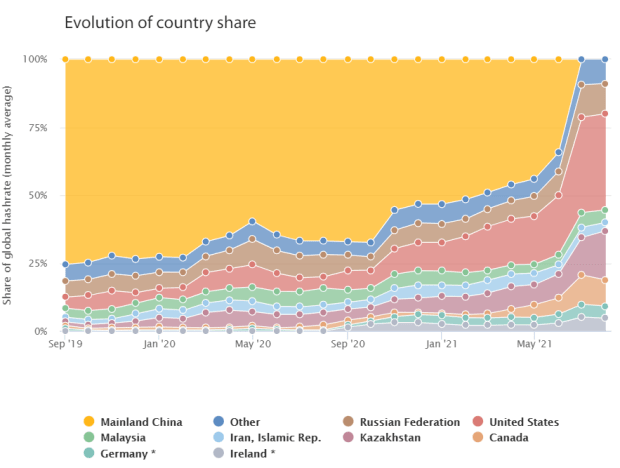Thinking Outside The Box With Upstream’s New Black Box For Home Bitcoin Mining
Upstream Data CEO Steve Barbour joins Bitcoin Magazine for an exclusive interview on their latest mining product, the Black Box.
There’s a revolution brewing in Northern Canada on the Alberta-Saskatchewan border where Steve Barbour and Upstream Data are building new equipment for home mining bitcoin.
The winter temperature in Lloydminster is well below zero but Barbour, CEO and founder of Upstream is on a mission, both to decentralize mining and build out better equipment ranging in size from large mining rigs and huts to smaller blackboxes for home mining.
Founded in 2017, Upstream Data is best known for its innovation in capturing emissions from the oil and gas industry, both in the US and Canada using captured methane and flared natural gas to power mobile bitcoin mining rigs.
Now Barbour sees an opportunity to help decentralize mining and spread the word about bitcoin mining at home.
“Home mining is not a passing fad, it is a growing sector and probably will represent the largest sector of mining for hash power deployed in the future,” Barbour told Bitcoin Magazine in a recent interview.
Upstream has also hired home mining activist Econoalchemist who recently produced an extensive guide to setting up no-KYC mining at home.
Black Box Innovation
Seeing a potential business opportunity, Barbour designed and built a sample Black Box for indoor/outdoor mining to accommodate anywhere from two to 24 ASICs, and contain heat and noise.
“I always wanted to design a mining enclosure for home miners because I knew the market would grow one day,” Barbour told Bitcoin Magazine.
“I didn’t expect it to receive the reaction it has, so we are extremely excited to start commercial production on the home mining version as well as the small scale commercial/industrial version of the Black Box starting January and into 2022.”
With increasing demand, Barbour expects Black Boxes to be a minimum of 50% of their company’s sales efforts.
Working Around Supply Chain Issues
New companies trying to meet the growing demand for equipment are running into a snarled supply chain that is making it hard to meet customer demand.
Having started small in 2017, Upstream has built a network of suppliers that gives them a step up, particularly in obtaining wood and steel. In addition, they’re building their own inventory of raw materials.
Barbour explained:
“Regarding supply, I spent a lot of time designing our products for modularity and practicality, so we buy a lot of identical materials in bulk which helps limit supply chain issues. We can build bitcoin mines faster and with lower man-hours than anyone on the planet, as we build the whole thing from scratch and each product scales linearly in parts quantity due to this modularity. This also allows us to have the most versatile product base in the industry.”
As Barbour explained in a recent podcast, Upstream is vertically integrating, first with a purchase of a fabricating shop and then a shop that builds motors. Although some suppliers don’t use bitcoin, the company does as much business as possible in bitcoin as it builds its bitcoin treasury.
You can bet that this little engine is going nowhere but up.


